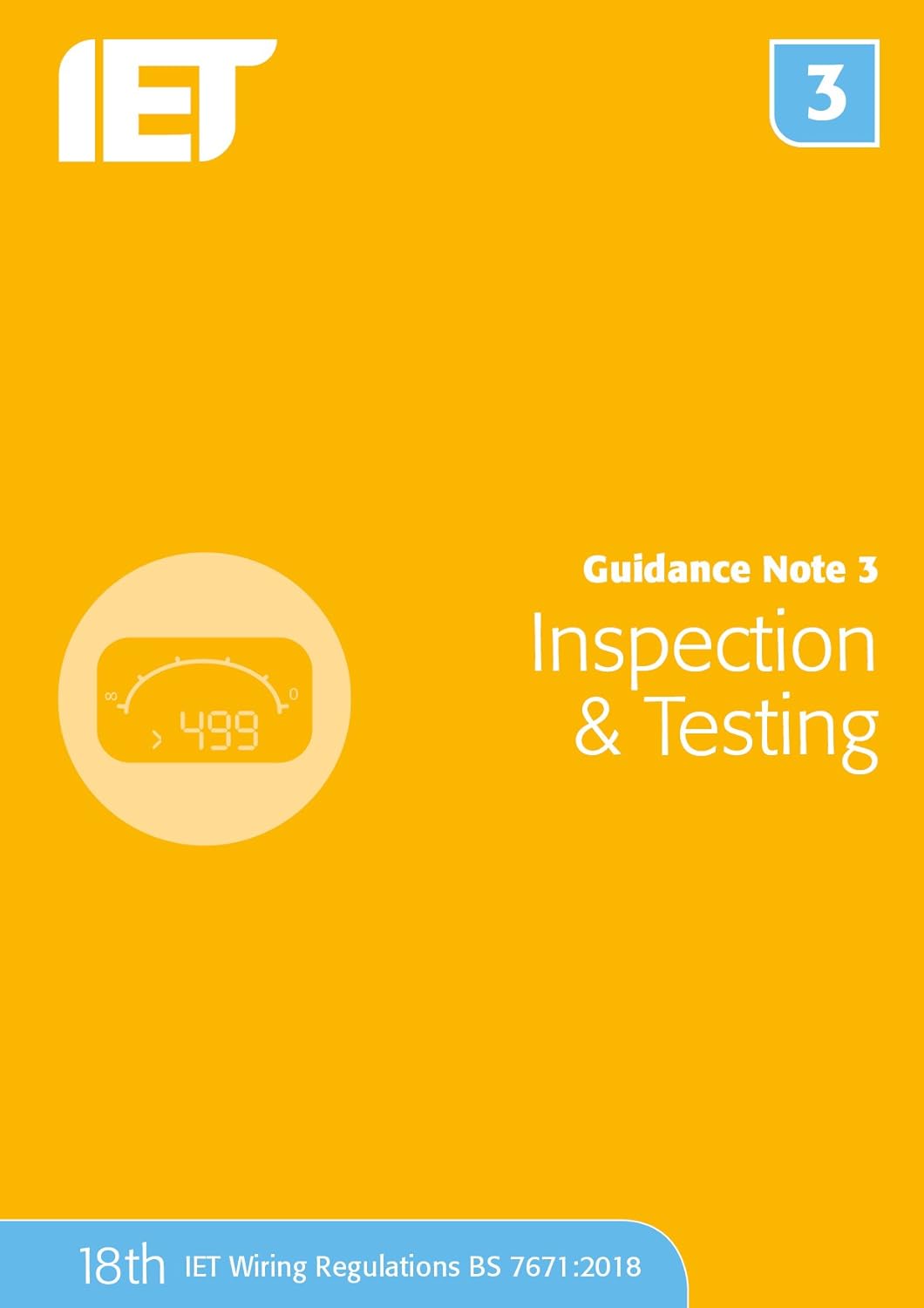About this deal
Taking into account all that we know about breaker tolerances and circuit load/voltage variations, if something is defined as the maximum then surely it should it should never be acceptable to have a value higher than the maximum as far as the regs are concerned. Given the prevalence of electronic equipment in most installations, it is difficult to see how the electrical designer will be able to justify the use of Type AC RCDs.
For domestic and the testing of smaller installations, a multi-function installation tester will be sufficient. This means that the test instrument needs to be set to the Type AC RCD setting regardless of RCD Type. To demonstrate competence, inspectors will need to have a high level of experience and knowledge of the type of installation to be inspected. It is worth noting that for domestic rented accommodation and houses in multiple occupation, the recommended maximum period between each inspection and test is five years or change of occupancy, which is often overlooked.
The objective of this chapter is to provide requirements, such that, low-voltage electrical installations are compatible with the current and future ways to deliver safely the electrical energy to current-using equipment either from the public network or from other local sources. so 20* 6A is 120A - so to be safe assume no instant break unless the current is >120A , probably similar magnetic parts as a 32A B type.
BS EN 61008 requires RCDs having I Δn > 10 mA are subjected to 2000 operating cycles, each operating cycle consisting of a closing operation followed by an opening operation. Since the First Edition of IET Guidance Note 3 Inspection and Testing, the guidance has been that, for both Step 2 and Step 3 of the test for continuity of ring final circuit conductors, the readings at each point on the circuit will be substantially the same, disregarding parallel paths. Person who possesses, as appropriate to the nature of the electrical work to be undertaken, adequate education, training and practical skills, and who is able to perceive risks and avoid hazards that electricity can create.This is somewhat different to the guidance published in the first eight Editions of IET Guidance Note 3 Inspection and Testing which stated that the readings at each point, should be substantially the same for Step 3, ignoring the effects of instrument accuracy, contact resistance and parallel paths. It incorporates the extensive changes in BS 7671:2018, making this a vital guide for keeping up to date. indicate the maximum earth fault loop impedance values, it’s important to note that these are the maximum values which should not be exceeded when the cable is at it’s assumed conductor operating temperature (70c). The early style Residual Current Devices (RCDs) were highly effective protective devices but they have proven to be less reliable in modern buildings as a consequence of DC leakage and DC fault currents caused by electronic equipment.
Generally, an RCD either works or it doesn’t and, in essence, the test is to prove that the RCD is functional and is not intended to confirm that it still performs as per the relevant product standards and manufacturers requirements. The interval between each inspection and test will require an engineering judgment to be made based on the knowledge and experience of the inspector. g. fixed socket-outlet incorporating an SPD), the test voltage for the particular circuit may be reduced to 250 V DC, but the insulation resistance shall have a value of at least 1 MΩ. There is an extra level of qualification and competence achieved, beyond the standard four-year vocational route commonly followed by qualified inspectors and testers.It is designed for anyone working in special locations where guidance may vary, including consulting engineers, electricians, electrical installers, inspectors and technicians and has been fully updated to BS 7671:2018+A2:2022. It was noted that those testing RCDs in the field would find it difficult to carry out the variety of tests permitted and may not know which of the available tests would be applicable to a given make or type of RCD. concerning earthing requirements for the installation of equipment having high protective conductor currents. The description of the extent of the installation covered by the report is arguably one of the most important sections to complete as it describes what is being inspected and tested. This does not mean that they will fail to achieve conformity with the relevant parts of the Electricity at Work Regulations 1989.
 Great Deal
Great Deal 